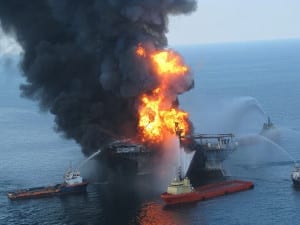 Premiums for commercial lines of insurance are still low, mainly due to an increased amount of insurers offering coverage, and the low amount of consumers looking for providers, and not making claims. Most small and midsized business rates remained the same, while some large companies saw minor decreases.
Premiums for commercial lines of insurance are still low, mainly due to an increased amount of insurers offering coverage, and the low amount of consumers looking for providers, and not making claims. Most small and midsized business rates remained the same, while some large companies saw minor decreases.
The last two years have been relatively calm for most states, as far as natural disasters go; compared to losses that have occurred in previous years. This has created an increase in capital that insurance companies have had to work with when making pay outs on any recent claims. Morgan Stanley’s analysts commented in July of 2010 that property, and casualty (excess) capital, was at an all time high of more than 100 billion dollars.
One survey noted that decreases of between 2.5 percent, to more than 3.5 percent had been seen in renewal premiums for workers’ compensation, general liability, property, and directors and officers liability coverage. The recession has also affected the commercial insurance market; with the demand for policies being low, it has left the providers sitting on a plentiful capacity that isn’t moving.
A major occurrence in 2010 was the Deepwater Horizon oil spill. Even though it happened in April, damages were still being processed as late as November 2010. The full extent of that disaster is starting to have effect on the property and casualty market lines.
According to SNL Financial, fourth quarter of 2010 saw premiums in the property and casualty market lines raise faster than they have in five years. If the losses of the Gulf Coast catastrophe become large enough to absorb the excess capacity, then most likely, there will be increases across the industry.
